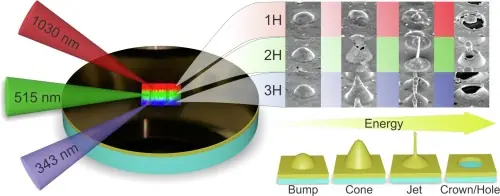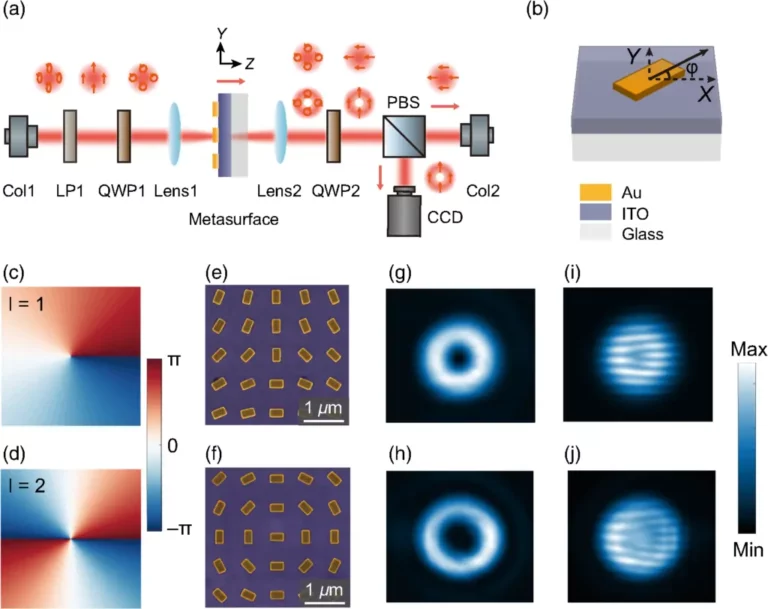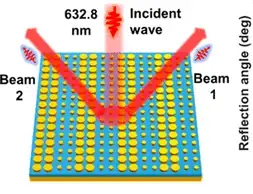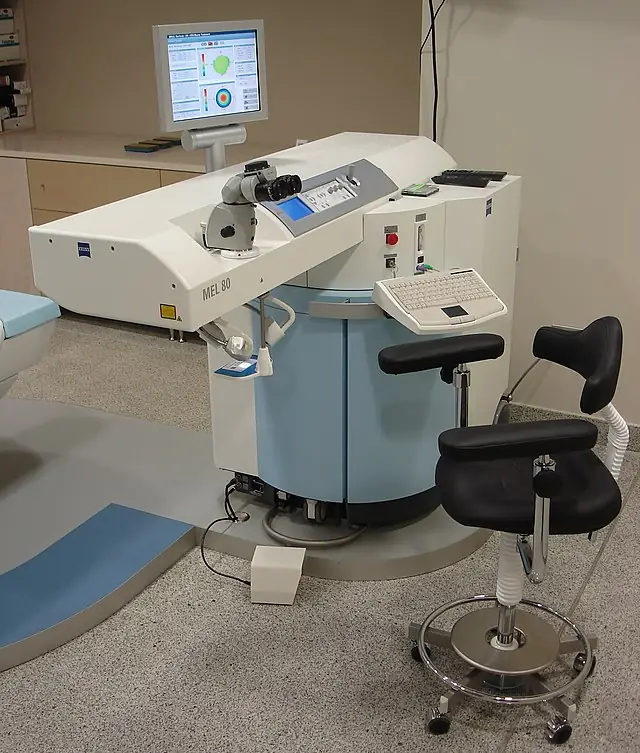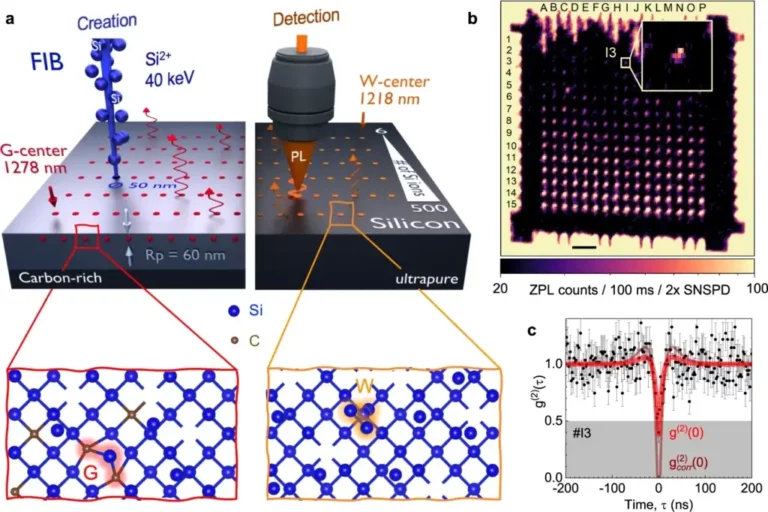The Future of Compact, Narrow-Linewidth Lasers: Photonic-Circuit-Integrated Ti:Sa
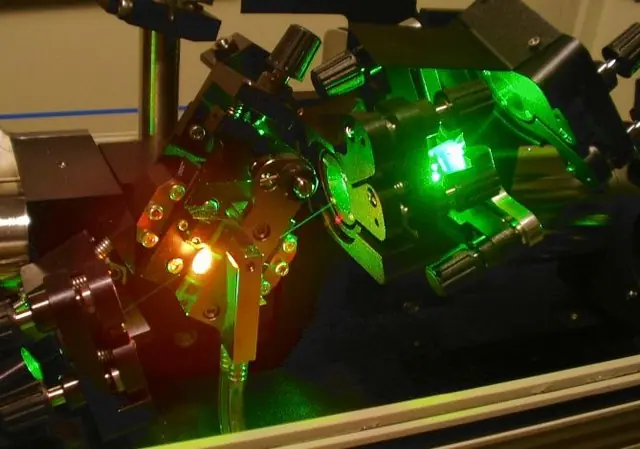
Photonic-circuit-integrated titanium:sapphire laser technology is a new development in the field of compact, narrow-linewidth lasers. These types of lasers are critical components in a variety of applications, including optical sensing, metrology, communications, and precision atomic and molecular spectroscopy.
A narrow-linewidth laser refers to a laser that emits light in a very narrow range of frequencies, rather than a broad range of frequencies. This narrow frequency range makes the laser ideal for use in precision applications that require very accurate measurements. The emission bandwidth of titanium-doped sapphire (Ti:Sa) lasers is particularly broad, allowing for solid-state lasing across visible and near-infrared bands.
The challenge with Ti:Sa lasers is that today’s commercial systems require high pump power and rely on expensive tabletop components. This limits their use to laboratory settings and makes them impractical for use in portable or field applications. The new photonic-circuit-integrated Ti:Sa laser technology addresses these limitations by combining the Ti:Sa gain medium with a silicon-nitride-on-sapphire integrated photonics platform. This combination results in a highly portable laser with minimal power consumption.
The Ti:Sa laser is created by tightly confining the pump and lasing modes to a single microring resonator. This process reduces the lasing threshold by orders of magnitude, down to only 6.5 mW. The low threshold makes it possible to turn the laser on and off with just a commercially available indium gallium nitride pump diode, making it a much more practical solution for a wider range of applications.
The photonic-circuit-integrated Ti:Sa laser technology opens a reliable pathway for the development of broadband, tunable lasers in the next generation of active-passive-integrated visible photonics. This means that this technology has the potential to greatly improve the field of compact, narrow-linewidth lasers and opens up new possibilities for research and development in the area of visible photonics.
In conclusion, the photonic-circuit-integrated titanium:sapphire laser is a major development in the field of compact, narrow-linewidth lasers. With its combination of high portability and low power consumption, along with its low threshold and tunable capabilities, this technology has the potential to greatly improve the field and enable new possibilities for precision applications. Whether it is used in optical sensing, metrology, communications, or atomic and molecular spectroscopy, this new technology offers a promising solution for a variety of applications.

